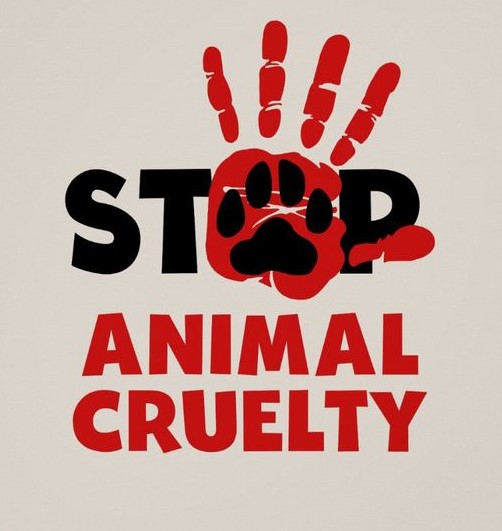- Animals are an integral part of the diversity of life on Earth.
They live alongside us, interact with our environment, and form an integral part of the natural system relied upon by humans and other creatures. But have you ever thought about the beauty of these creatures and the importance of their existence? This article explores the aesthetics of animals and their important role in life.
- The Aesthetics of Animals: Animals are characterized by their diversity and splendor, ranging from different shapes to various colors, making nature appear colorful and beautiful. From the beautiful birds soaring in the sky, to the gentle mammals roaming in the forests, and even the magnificent marine creatures living in the depths of the oceans, each one carries a unique beauty.
- The Role of Animals in the Environment: Animals play a vital role in the environment, contributing to the balance of the ecosystem and preserving its diversity. For example, insects play a fundamental role in pollinating plants and spreading seeds, while large animals like elephants and predators help regulate plants and preserve other animals in the food chain.
- The Human Impact on Animals: With rapid technological advancements and increasing human populations, animals are exposed to numerous threats. Habitat destruction, pollution, and overhunting are all threats facing animals and affecting their survival.
- How Can We Protect Animals: Many environmental organizations and governments protect animals by encouraging the protection of natural habitats, enforcing laws to prevent illegal hunting, and raising awareness about the importance of respecting and caring for animals. In addition, individuals can contribute to animal protection by supporting non-profit organizations, participating in awareness campaigns, and making environmentally friendly decisions.
- Questions for Thought: Can humans and animals live together peacefully? What are the challenges facing efforts to protect animals? How can individuals contribute to animal protection in their communities? What is the role of education in increasing awareness of the importance of animals and their protection?
- Ethics in Animal Treatment: Ethics relate to how we treat animals and whether this treatment is fair and respectful. Many people raise ethical issues about human use of animals in scientific experiments, agriculture, and entertainment. Should the lives of animals always be linked to activities that serve human interests?
- The Relationship Between Humans and Animals: Humans interact with animals in multiple ways, from the economic use of animals in agriculture and hunting to the emotional relationships formed between humans and pets. How can we live in balance with animals and respect their natural rights and needs?
- Surviving Animals: Throughout human history, animals have played an important role in human life as working animals, companions, and protectors. What are the survival and perseverance stories of some animals facing challenges and risks?
- The Psychological and Health Impact of Animals: Studies have shown that animals can play an important role in improving the mental and psychological health of humans. How can animals help reduce stress and anxiety levels and increase happiness and comfort?
- Future Challenges: With climate change and continuous environmental degradation, animals face new challenges to survive. How can humans think of innovative solutions to preserve biodiversity and ensure the continuity of life on Earth?
- Discussion and Interaction: Do you believe that animals should have rights similar to human rights? How can technology help protect animals and reduce the threats they face? What is the role of governments and international institutions in protecting animals worldwide? Can changes in our treatment of animals contribute to solving some of the environmental problems we face?
- Challenges of Wildlife: A paragraph can be added addressing the challenges facing wildlife, such as habitat loss, climate change, and illegal hunting, and how this affects animals and the environment in general.
- Innovation in Animal Protection: Innovative and technological efforts used to protect animals can be reviewed, such as tracking and monitoring techniques, artificial intelligence applications to predict environmental changes, and providing innovative solutions for sustainable development.
- Environmental and Economic Consequences of Biodiversity Loss: The environmental and economic consequences of biodiversity loss can be reviewed, such as its impact on the stability of ecosystems and national economies, and its effect on agriculture and tourism industries.
- Volunteer Work and Community Participation: The focus can be on the role of volunteer work and community participation in animal protection, such as media and awareness programs in schools and universities, and volunteer projects to protect natural habitats.
- Solidarity with Endangered Animals: Cases of some endangered animals and how individuals and communities can contribute to their protection and preservation for future generations can be addressed.
- The Role of Youth in Animal Protection: The focus can be on the role of youth as future leaders in animal protection, and how they can be encouraged to participate in environmental campaigns and volunteer work for the benefit of animals.
In Conclusion:Exploring the relationship between humans and animals can be a source of contemplation and reflection on how we impact the world around us and how we can build more respectful and appreciative relationships with wildlife.



